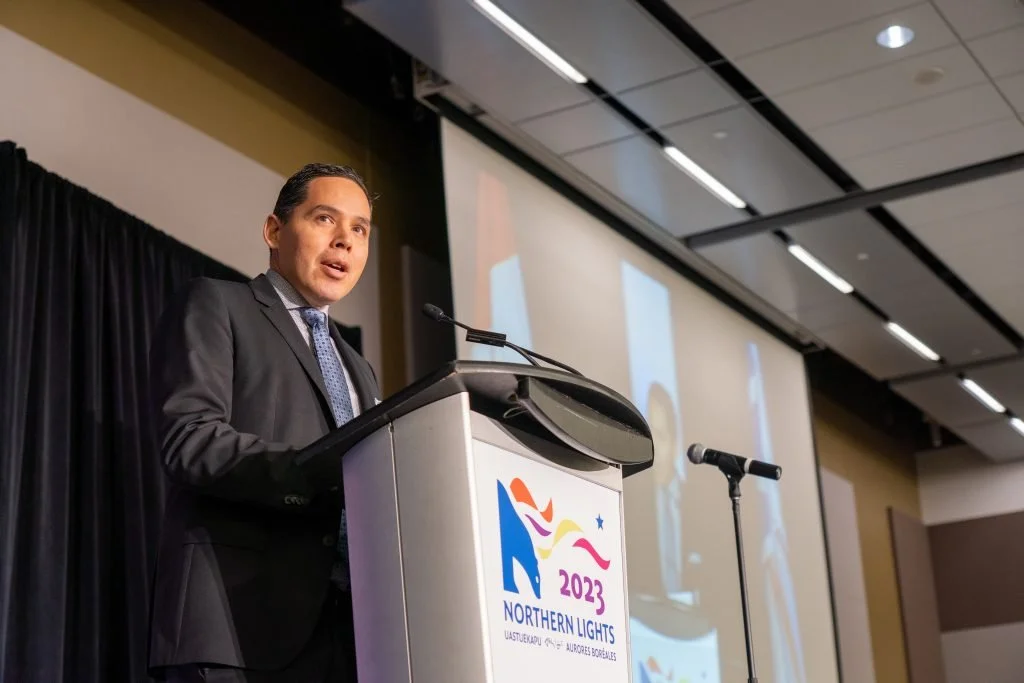Most of the world’s drinkable water is contained in freshwater lakes. Although it may seem like the amount of freshwater is small compared to saltwater, and it is, there is still a lot of fresh water in the world. To help you better understand the presence of fresh water in the world, we’re going to look at the 12 largest freshwater lakes in the world. These are the largest bodies of water that are not brackish or saline!
‘This is part of our job’: Obed wants to have the hard conversations
He admitted it can be difficult, pointing to the ongoing challenge of pressuring the federal government to provide drinkable water to Canada’s remote Indigenous communities. Obed said there were 298 boil water advisories between 2015 and 2020, including four that went on for more than a year and 50 that lasted more than three months. “This is part of our job,” he said of keeping Canadian government leaders accountable to fix these problems. “Our job is to articulate and quantify what it means to eliminate an infrastructure gap. These require billions of dollars, new relationships, and on ongoing effort where you tweak it over time.”
Halifax providing drinking water to residents whose wells are going dry
The Halifax Regional Municipality is making drinking water available to people whose wells are going dry. Each household can receive two litres per person per day, plus one litre per day per pet, and residents can collect one week's supply at a time. Beginning Aug. 16, residents can get drinkable water at six different fire stations each Tuesday from 6 p.m. to 8 p.m., except station 38 and 42, which have different hours:
Kelowna man walking across Canada carrying cross for veterans, Indigenous communities
A Kelowna man has walked thousands of kilometres carrying a nine-foot cross across along the Trans-Canada Highway to raise awareness for veterans and First Nations communities without clean water. Warren Parke, from Kelowna, started carrying the cross across Canada after working on a First Nations reserve and was unable to drink the water there. Back in 2018, Prime Minister Justin Trudeau also told veterans that they were asking for more than the federal government could afford, which also struck a chord with Parke.
First Nations communities pursue clean drinking water through the courts
This time of year, with the temperature plunging below -20 C, a snowmobile and an ice chisel are required tools for anyone in Tataskweyak Cree Nation in need of fresh water. There’s the bottled stuff, trucked into town courtesy of the federal government, but the weekly shipment of 1,500 cases is only sufficient to meet basic consumption needs. For cleaning, cooking and basic hygiene water, many residents need a supplementary source. And rather than use their tainted tap water, they follow a snowmobile trail several kilometres to Assean Lake, pails in hand.
FSIN wants Ottawa to move faster on safe drinking water issue
Ottawa says they’re on track to make their commitment of lifting every long-term drinking water advisory on reserves by March of next year. Since November of 2015, the federal government has lifted 87 advisories. Here in Saskatchewan, there are currently seven long-term drinking water advisories including one on the Little Pine First Nation located approximately 70 kilometres northwest of North Battleford. Two months ago, the drinking water advisory in that community became long-term after being in place for more than 12 months.







